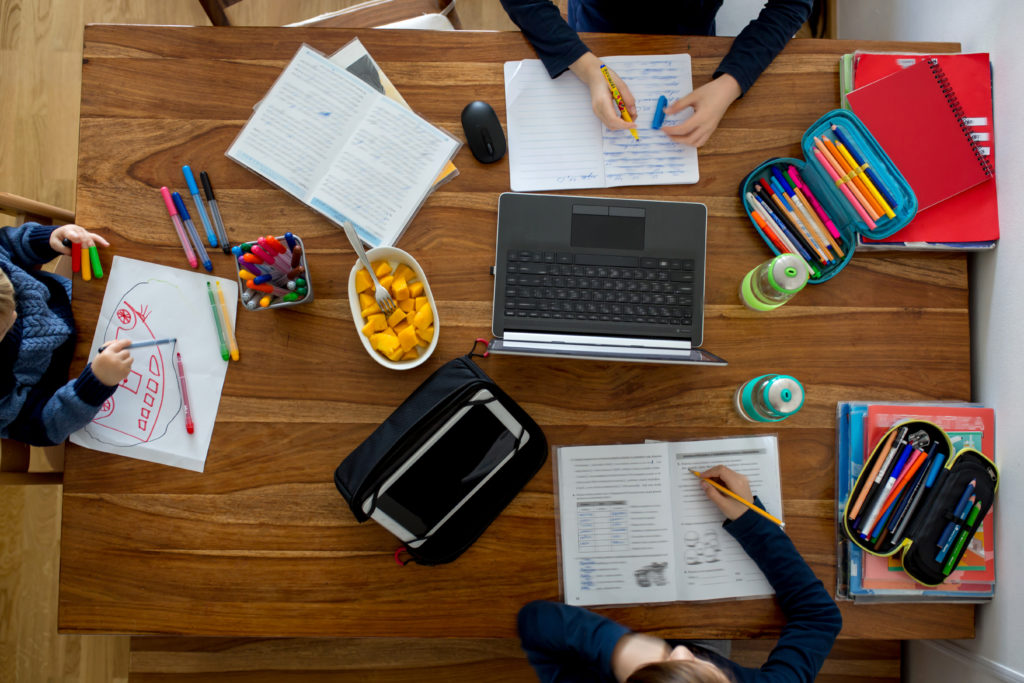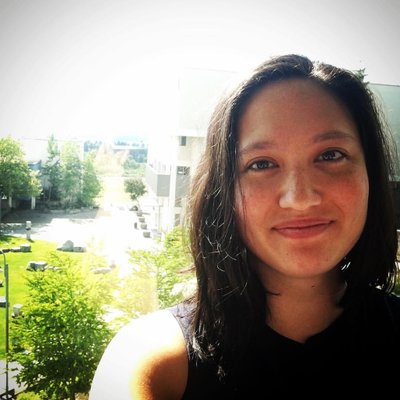After an optimistic summer, Delta’s rise and an escalating public health situation has crushed many people’s hope for a quiet, even “normal” school year. Families worried about the risks presented by COVID-19 are increasingly stuck between a rock and a hard place: accept the risks that come with in-person instruction—often with inadequate mitigation measures—or face more long months of interrupted learning and inadequate support for students’ social and emotional well-being.
If policymakers and local education leaders can’t address this dilemma themselves, they can and should empower families and community-based organizations to devise their own solutions. We know they can.
In partnership with researchers around the country, we’ve spent the last year following the pandemic pod movement—a collection of home-grown parent- and community-driven solutions to a historic public health and educational crisis.
Pandemic pods bring together small groups of students who are supported by an educator, or sometimes a parent or group of parents who share responsibilities. Over the last year parents, civic and community leaders, businesses, and school districts stepped up to support pods in the wake of school closures that left many families isolated and unsupported.
Over the last year we’ve catalogued more than 372 initiatives around the country, conducted deep dives into more than 20 pandemic pod initiatives and spoken to almost 200 parents, educators, and community leaders involved in these efforts.
A clear lesson from our work is that pandemic pods can provide safe and supportive learning environments for children when school systems fail to meet these needs. The vast majority of the parents we spoke with reported that their children made more academic progress in their pod than they would have without. As a pod parent shared, “[My daughter] has excelled this year and I think that a lot of that has to do with the fact that she’s had one-on-one attention from the [instructor] and there’s been less distractions.”
They also offer ready-made solutions for families with health risks who are unable to return to classrooms. Pods’ small group size means that families and community leaders can negotiate mitigation strategies free from the political drama unfolding at school board meetings and state capitals.
One pod instructor explained how she searched on Facebook for families who shared her views about appropriate precautions. ”Our biggest challenge was finding good fits COVID-wise. And once we found them, we worked it out and have a pretty robust agreement around COVID protocols.”
Importantly, pods could also provide the sense of belonging that so many students and families need and deserve after more than a year of disruption and isolation. As one pod family we interviewed described, “The whole world went through a hard year together. And in the midst of that, [our kids] found all these ways to make meaning and form a community. . . . They felt like they were part of something that they cared about.”
Despite the many benefits pods offer families navigating an uncertain public health crisis, they remain financially out of reach for the vast majority of those who may benefit. According to our national survey of pod parents, the average weekly cost of participating in a pod came in at $306, which adds up to more than $11,000 per student for a year’s worth of support. A nationally representative survey of K–12 parents by CIVIS Analytics last year found higher-income families were twice as likely to participate in a pandemic pod. This is despite the fact that low-income families and families of color had more reservations about returning to school in-person and were much more likely to opt-in to remote learning.
To be sure, private foundations, parent advocates, and community-based organizations helped to bridge some of the gaps. The National Parents Union, for example, with support from the Vela Education Fund, started directly funding 13 pods and have continued their granting program over the course of the pandemic, enabling families who would otherwise couldn’t afford to participate gain access to and benefit from in-person learning support.
But stopgap measures aren’t enough, especially as families stare down the prospect of a third year of disrupted education. The school year has barely begun for many and already we are seeing districts closing their doors—some with no alternatives to in-person learning.
State policymakers have a critical role to play in empowering families and community-based organizations to solve the pressing public health and educational challenges facing young people and their families. But to date, many seem more consumed with the political theater on mask requirements than addressing families’ and students’ urgent needs for support now.
As of August 6, the Florida Board of Education is providing private school vouchers for families who don’t want their children to wear masks in school buildings, while families with health risks must choose between in-person learning without mitigation measures or isolation at home. Arizona Gov. Doug Ducey took a similar approach in providing a COVID-19 Educational Recovery Benefit of up to $7,000 for families who oppose mitigation measures in schools while those who desire more protection from the risks of disease—which include a majority of families of color—are left with an empty bag.
Conflicts over masks and vaccination are unlikely to recede anytime soon. But policymakers can and should act now to support families and community-based organizations to devise their own solutions. Borrowing a page from the National Parents Union, this could mean providing targeted small grants to families that can be used to fund learning supports for students who can’t attend in-person. Education savings accounts, which exist in eight states, offer a ready-made vehicle to make this a reality. COVID-19 ESAs could be structured in ways that target the most vulnerable students and are time-limited, thereby perhaps overcoming the conflicts in state legislatures over their use.
Alternatively, states could tap ESSER funding to invest in community-based organizations or municipal governments, many of which stepped up during the pandemic to offer school-day learning support in the wake of school closures. Freed from traditional staffing constraints, these organizations were able to offer smaller group sizes and more personalized learning, thereby addressing families’ need for safe and supportive learning environments.
As superintendents and educators increasingly stare down toxic fights over masking, school districts could revisit the pandemic pods and “learning hubs” that were established during the pandemic. These would offer families uncomfortable with the health risks of in-person instruction additional wraparound supports and safe opportunities for socialization. In a groundbreaking partnership, The Oakland Reach has partnered with Oakland Unified School District to provide critical student and family support to those enrolled in the district’s virtual academy, ensuring that “virtual” doesn’t mean “going it alone.”
Few things are certain about the next few months. But there is little disagreement that the highest priority must be to keep kids safe and learning, all year. Families know how to do this. The question is whether policymakers and education leaders will give them the resources they need or leave them to navigate the crisis alone.





